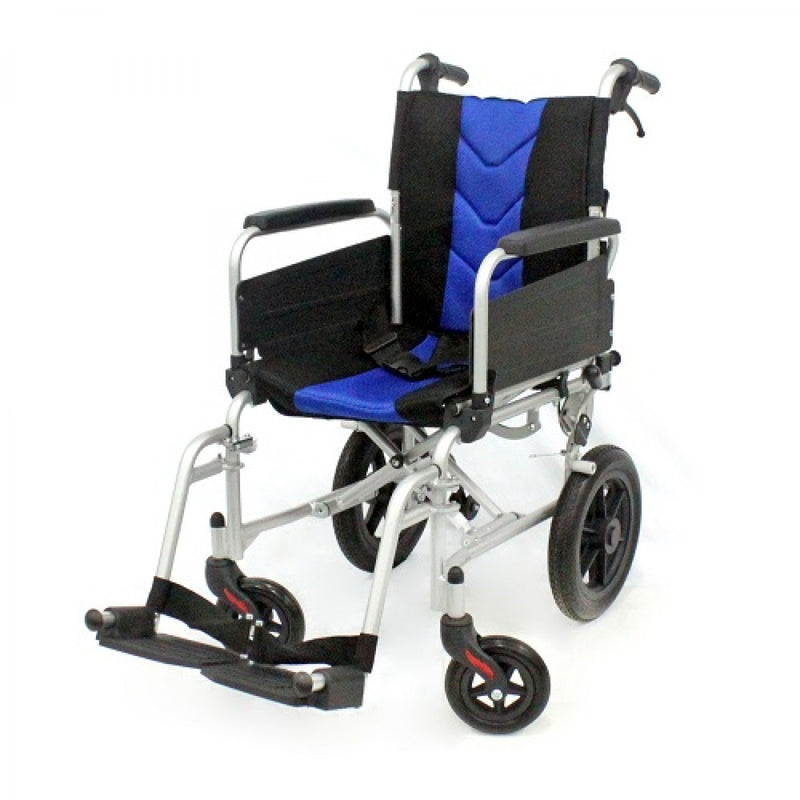Seating & Positioning
Sitting all day is hard work—something you surely know if you’re a wheelchair user. If you’re an able-bodied caregiver, however, you may not have given it much thought—until an endless car trip leaves you feeling stiff, aching and exhausted.
The big 3: posture, skin integrity, and function
When comparing seating and positioning products, consider the three primary factors that make sitting such an effort: posture, skin integrity, and function
1. Posture
he natural, healthy alignment of the human body is all about function and comfort. Good posture promotes normal functioning of organs and greater efficiency of muscles, which minimizes fatigue.
Good posture is especially important to anyone who uses a wheelchair. In a sitting position, the natural curves of the back and neck should be supported. The shoulders, pelvis and knees should ideally be level. In that symmetrical position, muscles are in balance, ready to flex when needed and relax in between.
Poor posture brings on fatigue by making poor use of the skeleton’s structure. Muscles tire more quickly because they have to work harder. Prolonged, poor posture creates more strain on the spine, neck, hips and knees. That can lead to a cascade of structural problems—joint pain, reduced flexibility, asymmetrical muscle tightness, and deformity.
If you suffered a loss of bone or muscle below your waist, or have an abnormal spine or pelvis, you may need a special cushion and back support system and may not be able to achieve a level pelvis or level shoulders.
2. Skin integrity—and protecting it
Skin that bears weight in a wheelchair lives in hostile territory. Pressure, shear, moisture and heat combine to create ideal conditions for the development of decubitus ulcers. In fact, a landmark study found that at least 20 percent of wheelchair users have a skin breakdown in any one year, which means that virtually every user is likely to encounter a skin problem within four to five years.
We specializes in seating and positioning products for users at high risk for skin-integrity issues. You are considered at high risk of skin-integrity issues if any of three statements is true as relates to sitting in your chair.
You have a history of redness and/or the presence of open wounds on your seated surface.
You cannot do an effective, independent weight shift on a consistent basis.
You have impaired sensation and don't check your skin daily and don't practice consistent weight shifts.
The good news is that most pressure ulcers—localized injuries to the skin and/or underlying tissue, usually over a bony prominence—are preventable. For that reason, anyone who spends their days in a wheelchair needs three types of skin protection as it relates to their wheelchair seating system.
Pressure redistribution
Pressure in this case is the force on tissue pinched between bone and the external support surface (wheelchair upholstery or wheelchair seating surface). It can cut off the supply of blood and oxygen to an area and eventually cause tissue to break down. Pressure management relies on physics to assist with defending against pressure ulcers. You can reduce peak pressure by spreading the weight over a larger area.
Pressure = Force (body weight) / Area (weight-bearing area)
When you are seated on a firm, flat surface, all of your weight rests on bones on the underside of your pelvis (ischials), making you a potential candidate for decubitus ulcers.
To reduce this peak pressure it might be a good idea to redistribute or share this concentrated load over the whole of your underside surface for example your buttocks, undersurface of thighs and don't forget your feet if possible. Your back may also be able to take a lot of load while you are sitting. Your health care professional should help you with this at the time of your assessment and prescription.
Because those bony curves are your low points, a cushion improves load bearing by allowing you to sink into it as much as 2.5 inches without hitting bottom. Armrests and footplates at the proper height can bear some of your weight. So can back support that matches the curve of your spine.
Shear management
Shear, which damages tissue with distorting forces, refers to the forward-and-back motion of the ischials against tissue under pressure. For active people, recesses or a liquid layer under the ischials allow movement of bony prominence which are intended to reduce high shear forces.
3. Function
To maximize your full potential, you have to be able to reach the world. Seating systems, positioning aids and accessories can help make it possible for wheelchair users to achieve a correct, comfortable and safe seating position in most everyday environments.
Contact us for more information
Fields marked with an * are required
















